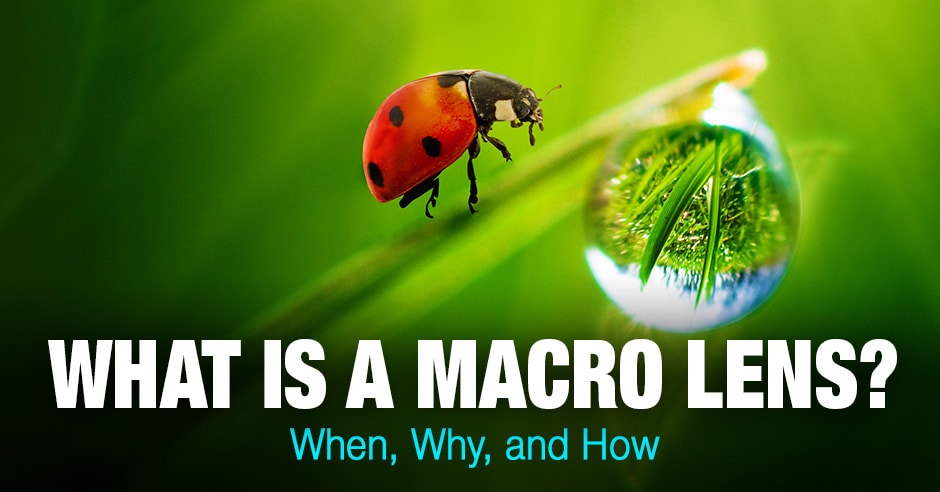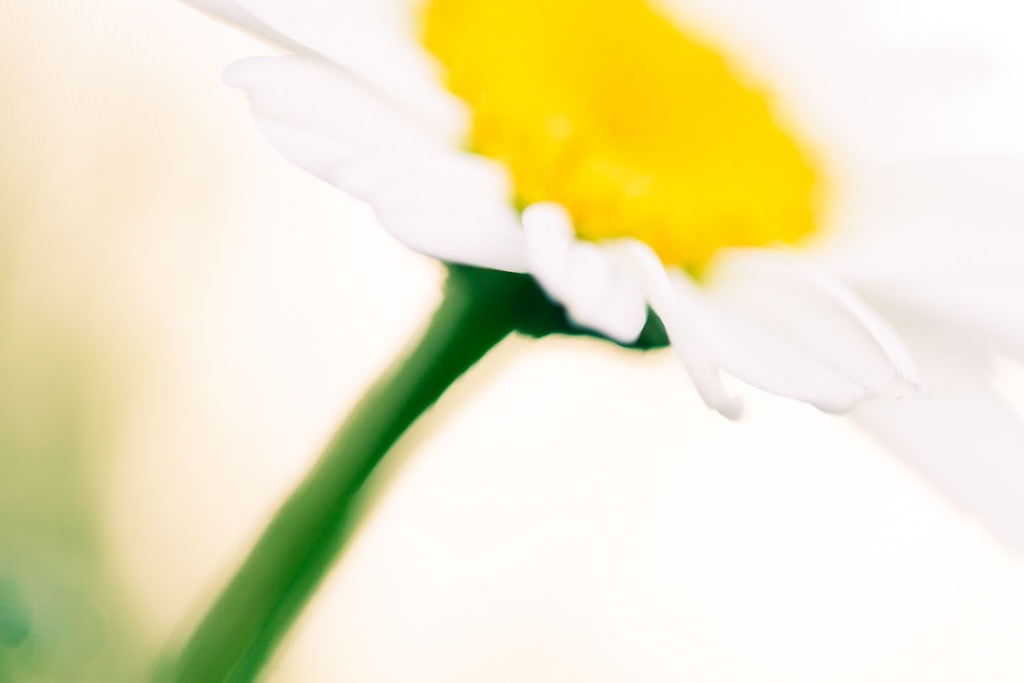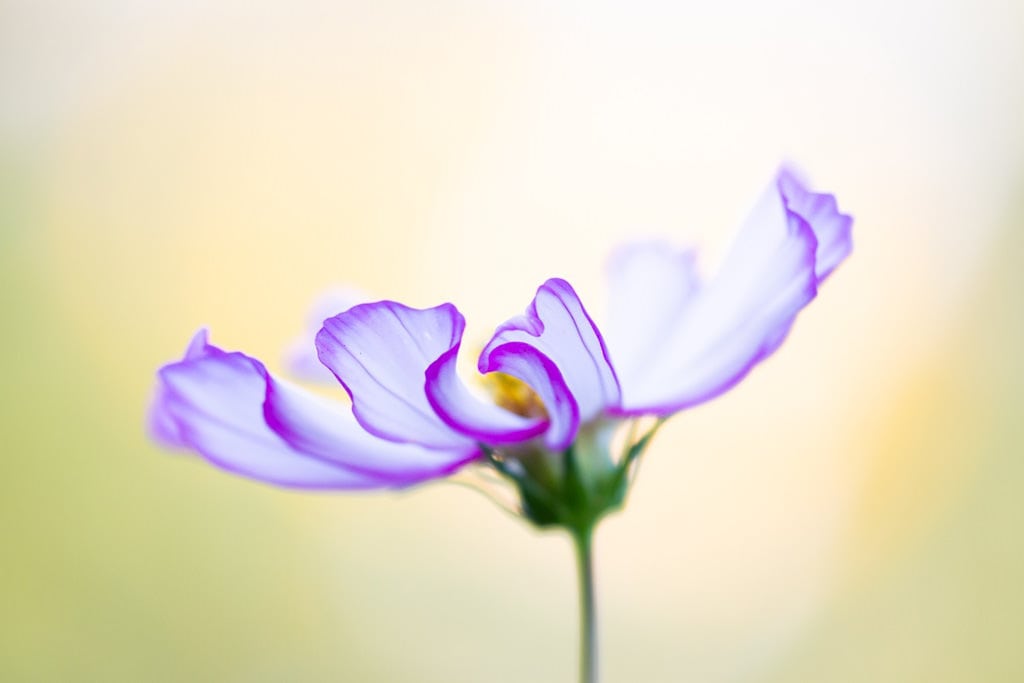Are you struggling to understand what is a macro lens and what a macro lens does? And do you want to know how to use a macro lens?
Don’t worry.
Because in this article, I’m going to give you
everything you need to know about macro lenses: What they are, how they work,
and how to use them for stunning macro photography.

Are you ready to learn all about macro lenses?
Then let’s get started.
What Is a Macro Lens?
First things first:
You’ve probably seen the ‘macro’ label on all
sorts of cameras and lenses. And you’ve probably heard the term used in various
contexts.
But what actually is a macro lens?
Understanding magnification
Macro lenses are all about magnification ratio in relation to the camera sensor. You see, every digital camera has a small sensor tucked inside. For full-frame cameras, the sensor is 36mm by 24mm, which is why these cameras are often referred to as “35mm.”
Now, a true macro lens can produce an image on the camera sensor that’s life-size or larger. So a macro lens on a 35mm camera can take a 24mm tall subject and fill the entire frame with it. This is referred to as a 1:1 reproduction ratio. Anything at 1:1 and beyond (e.g., 2:1, 3:1, 5:1) are macro-level reproduction ratios.
Related: Best Macro Lens for Canon
Note that, when you view the image on your
computer, the subject will appear gigantic–many times larger than life. This
is because your computer monitor is much larger than a camera sensor. This is
the power of a macro lens; it will allow you to photograph tiny details, then
blow them up to an immense size.
Of course, a true macro lens doesn’t have to focus at 1:1 and beyond. It just has this capability. You can take portraits, landscapes, or street photos with a macro lens without any hassle.
Faux Macro Lenses
On the other hand, plenty of lenses are
labeled “macro” without offering 1:1 reproduction ratios. These lenses often
focus fairly close (to 1:4 or 1:2 reproduction ratios), but won’t get you as
close as a true macro lens. I’ll refer to these as ‘close-focusing lenses.’
Which brings me to the next section:

The Different Types of Macro Lenses: Primes, Zooms, and More
By now, you should be familiar with one key
distinction between macro lenses:
The difference between true macro lenses and
close-focusing lenses.
True macro lenses focus to 1:1, while close-focusing lenses do not. Make sure you select a lens with 1:1 magnification.
But there’s another important macro lens
distinction:
Prime versus zoom macro lenses.
Prime Macro Lenses
Prime macro lenses have a single focal length. They tend to sit in the 90mm to 105mm area, but there are also 60mm macro lenses and 200mm macro lenses. Prime macro lenses tend to be ultra-sharp, and they also tend to be true macro lenses.
Zoom Macro Lenses
Zoom macro lenses, on the other hand, allow you to select your focal length. You’ll sometimes find telephoto macro zooms, which will give you a 70-300mm focal length and close focus distance. Unfortunately, zooms never reach true macro magnifications. They simply get you close to your subject and are merely close-focusing lenses. Zoom lenses often also suffer from optical deficiencies, resulting in softness, chromatic aberration, and vignetting, among other things.

Who Should Purchase a Macro Lens?
Macro lenses do one thing really, really well:
They get you close to your subject.
So if you want to take close-up photos of
insects, flowers, or other small items (e.g., sand, rocks, ice, or leaves),
you’re going to love using a macro lens.
Related: Best Macro Lenses for Nikon
However, true macro lenses are pricier than close-focusing macro lenses. That’s why I recommend you only buy a true macro lens if you need it. If all you need is a lens that can get you some close up photos – for instance, if you plan to do product photography – you may not need a true macro lens. Instead, you might be fine with a macro zoom, or even with a non-macro lens that offers good magnification, such as the Canon “nifty fifty” 50mm f/1.8 STM.
You should also note that macro lenses have
notoriously poor autofocus, especially at high magnifications. So if you do
decide to use a macro lens, realize that you’ll do a lot of manual focusing.

Which Macro Lens Focal Length Is Best?
Once you’ve decided to purchase a macro lens,
you’ll have a big question ahead of you:
Which type of lens with regards to focal length should you get?
Macro lenses come in three broad focal length categories.
- short macro lenses are 40mm to 60mm
- standard macro lenses are 90mm to 110mm
- long macro lenses are 150mm to 200mm
Now, focal length matters for two main
reasons.
First, the longer your focal length, the
better you’ll be able to shoot close-ups of flighty subjects. So if you want to
shoot insects, you’re going to need a long macro lens. A short or standard
macro lens just won’t let you get close enough before the insect flies off.
Second, the longer your focal length, the
larger your working distance.
Working distance refers to the distance between the front of the lens and your subject. If you’re shooting a flower, a shorter macro lens will nearly touch the flower when focused at 1:1 magnifications, while a long macro lens will allow you to focus to 1:1 from a distance.
Related: Top Rated Canon Lenses for Landscapes
If the working distance is too short, you can cast shadows on your subject. You can also scare your subject off if your subject is alive.
Here’s my recommendation:
- If you want a lens to shoot the occasional detail photo, one that you can keep with you at all times and use as a walkaround lens, go for a short macro lens.
- If you want a serious macro lens to capture magnified shots of stationary subjects (e.g., flowers, leaves), grab a standard macro lens.
- If you want to shoot close-ups of insects, pick a long macro lens.

Macro Lens Challenges
Working with a macro lens comes with a few
important challenges.
- First, macro lenses don’t just magnify the subject; they also magnify camera blur. This means that you have to be very, very careful to avoid camera shake, especially at high magnifications. You should always use a faster shutter speed or a tripod to prevent this issue. And if you’re handholding, be sure to practice good technique.
- Second, at high magnifications, you’ll have a very shallow plane of focus (i.e., a shallow depth of field). Even with a narrow aperture (e.g., f/16), you won’t manage to get much in focus. Therefore, you have to pick your point of focus very carefully. I recommend switching off the autofocus–so you can use manual focus all the time. Then choose a point of focus that will give you the best possible shot.

Top Tips When Using Macro Lenses
If you want to capture amazing macro photos, consistently, then you should learn how to use your macro lens to its full effect. You should learn how to use it with light, composition, and color to create beautiful macro images.
Related articles: Understanding Canon EF Mount Lenses
Here are a couple of tips to help you do that:
Tip 1: Shoot on Cloudy Days to Enhance Colors and Detail
Good macro photography is all about light. If you can’t master lighting, then you’re just not going to get stunning shots.
Fortunately, it’s very easy to select
beautiful light for macro photography.
Just shoot on cloudy days.
You see, clouds diffuse the light, which makes it all even and soft. This soft lighting then hits your subject, bringing out details and enhancing colors.
Related: The Best Lens for Your Canon Rebel Camera
This is perfect for macro photos of tiny details and colorful subjects and will ensure you get well-lit macro images.
It should also help with working distance
struggles. Soft light casts very subtle shadows, so you won’t have to worry
about blocking out the light with your camera setup.

Tip 2: Embrace the Shallow Depth of Field for Artistic Macro Photos
I talked earlier about the limited depth of
field offered by macro lenses.
And it’s true: It’s tough to get scenes with your whole subject in focus.
Related: 35mm vs 50mm Prime Lens. Which is better?
But you don’t have to call it quits. Instead,
I recommend you embrace the shallow depth of field look. Choose an aperture of
f/4, or even f/2.8. Then try to take photos that rely on this soft-focus look.
Look for colors, curves, and lines, then let the wide aperture render them as
abstract-style shots.
If you do this, you’ll get some truly unique
images.
Conclusion
By now you should know all about macro lenses:
What they are, how to use them, and whether you need one.
If you’re interested in doing macro
photography, grab a macro lens and see where it takes you.
I guarantee you’ll have lots of fun!


